Five lessons from Asket: The fashion brand that wants you to buy less
Asket’s founders believe the world doesn’t need another fashion brand. So they started their own.
Asket is the fashion brand that doesn’t want you to buy clothes. This is like creating a burger van that doesn’t want you to eat meat; or a tequila company that would rather you never got drunk. But there is method, of course, in this thread of Scandinavian madness. And it lives in a few truisms that founders August Bard Bringeus and Jakob Dworsky know well: less is more. Quality over quantity. Taste not trends.
“It might sound paradoxical. After all, we are a clothing brand — we make and sell clothing,” August explains. “But whereas the traditional fashion rule is to have as many people as possible buy as much clothing as possible as frequently as possible, we want as many people as possible to buy as few items as possible and keep them as long as possible.”
At Asket’s heart is a permanent collection, made and designed to the highest of quality, and with almost every thread of cotton traced back to an individual farm. It’s also timelessly stylish and eminently wearable. You can see yourself in the same T-shirt for the next five years, and it’s hard to say that about any fast-fashion number. In this way, August and Jakob are real disruptors — albeit the most gently spoken, good-hearted disruptors you could hope to meet. Here are five key lessons from the Asket story, as told to us on the latest episode of the Gentleman’s Journal podcast.
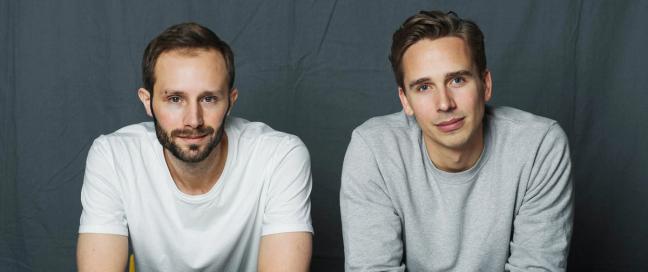
1. You don’t have to be a childhood whizzkid (or have a ‘eureka moment’ origin myth)
August and Jakob met at the Stockholm School of Economics — two postgraduates who had never really run a business in their lives before. But when they saw the opportunity for Asket — after wondering why no-one else was making truly long-lasting basics — they decided to scope it out and see where it might take them. “We took a course in school in writing a business plan,” explains Jakob. “And it kind of grew from there.”
“We won some prize money there based on that, which reduced the hurdle,” says August. “But it’s not that charming ‘eureka’ moment entrepreneur story, and we don’t describe ourselves as the traditional entrepreneurs who sold lemonade at the side of the road from age six. Some things grow on you slow and steady.”
2. You don’t need to be inside an industry to change it
“We really didn’t have a lot of experience in fashion,” explains August. “We scoured our LinkedIn network and found one friend of a friend of a friend’s dad, who had a fashion company in Stockholm. And we presented our beliefs to him — and learned that all the things we wanted to fix were related to the legacy of pushing costs in production, and having a high enough margin to cope with both seasonal bets and end of season sales — all insecurities that the industry is intrinsically creating. By refraining from that dominant logic, we discovered we could do things very differently, and that was very motivating.”
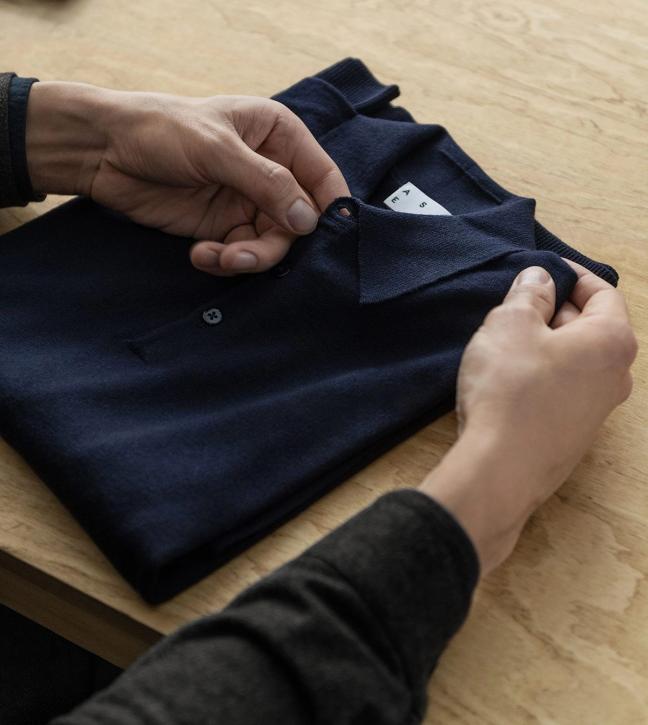
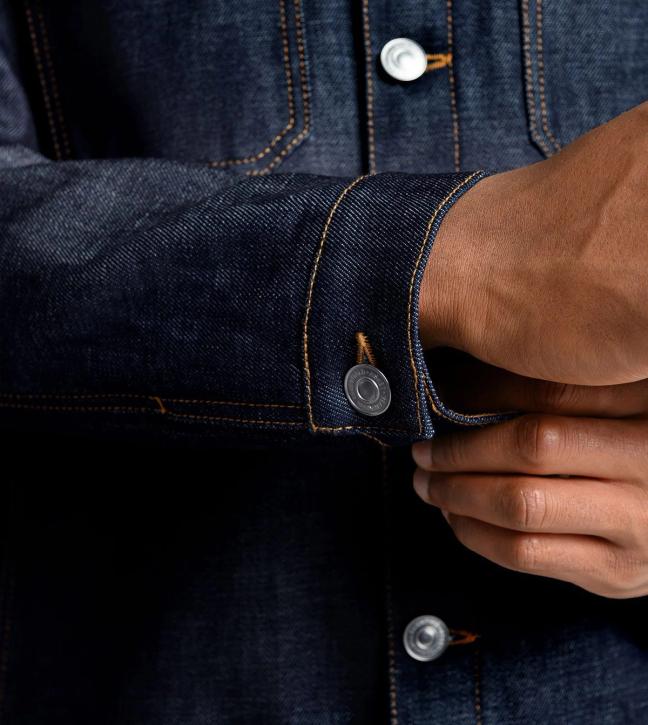
3. Obsess over one thing (and do it really well)
For the Asket boys, that one thing was the T-shirt. “We had a very hands-on approach,” says Jakob. “For us it wasn’t about making concept boards and drawings — we took in all the T-shirts we had, and in a structured manner went through them — what do we like about them, what don’t we like; what are the most timeless among them. So we really dissected what we liked, as a first step, and created a Frankenstein from that. Then the next part was finding a pattern maker here who could help us make that fit ready for production.”
“We have 15 sizes instead of five — XS to XL, each available in three lengths,” says August. “That was a big challenge in the beginning, explaining that to pattern makers and factories, and testing whether that hypothesis would actually work. Eventually, when we had prototypes of the size system we would have friends over and get this garment onto people and see if it actually worked — could we get this timeless fit onto many more body types.” Jakob adds: “It was a lot of iterations, a lot of sample versions.”
“We started out in December 2014, putting together our specs and requirements,” says August. “But the first T-shirt we approved for production in July 2015. That might not sound like all too much. But you have to remember we spent six months only working on one T-shirt — that was the only thing we did. It was driving us nuts. We spent a whole month getting the sleeve to fall properly. Then when we had the first ones out, and we could do market research and deploy surveys, we set about implementing all that data into the product too. And eventually, in November, we ended on the T-shirt as it is today. It took 11 months to get it right.”
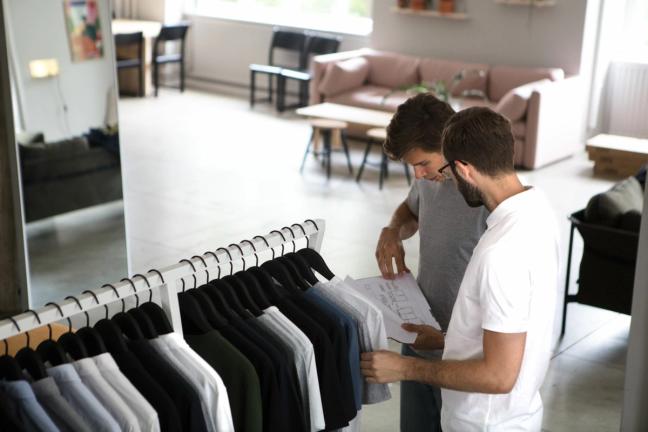
4. Don’t shy away from difficulty
More recently, August and Jakob have realised that one of the big questions of sustainable fashion is traceability — where does the cotton for your T-shirt come from, and how can you guarantee that the source is in any way sustainable (whatever that nebulous, faddy word means)? No-one else had ever really managed to achieve full traceability. But that didn’t stop Asket trying.
“Most of the cotton you have in your T-shirt doesn’t come from a single location. That’s bought at auction, and at the auction, multiple sources are brought together depending on their grade of quality and their bulk. And then you spin a yarn from that, and at that point you lose trace of the thread’s origin. So the logistics of raw materials in the fashion industry is one of the biggest problems in sourcing traceability. Last year, we launched 100% traceable merino wool essentials, which required us to buy five tonnes of merino wool. That was the only way to circumvent the options, and guarantee we got our batch of wool from a single farm.”
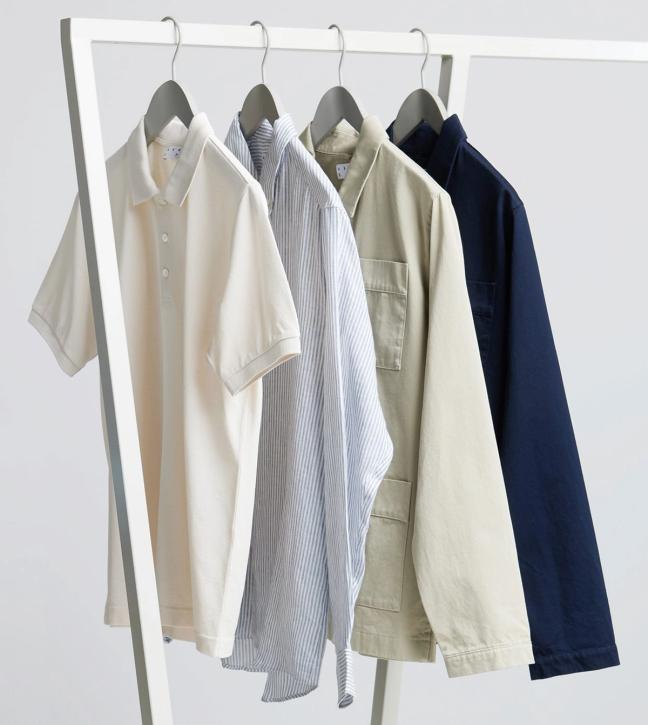
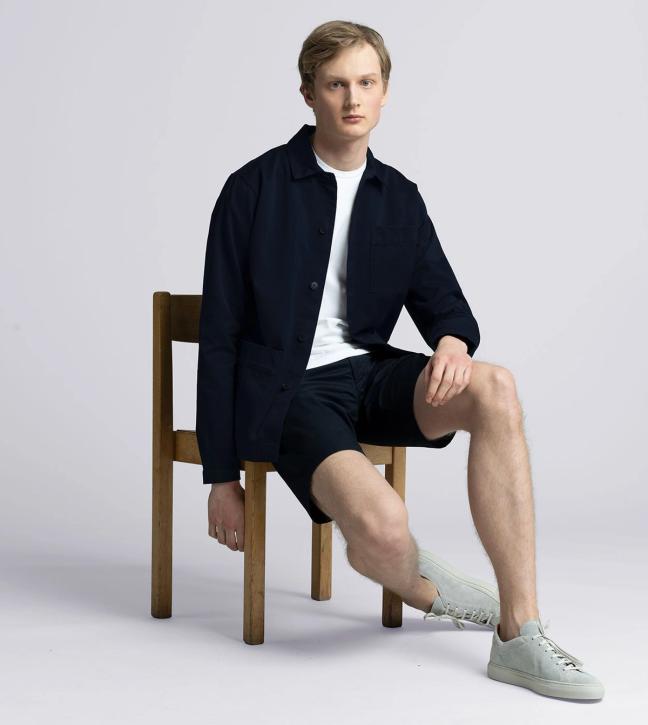
5. Beware bandwagon-jumpers
Asket has put environmental concerns at the heart of what it does. But a lot of brands have tacked ‘sustainability’ on to their products as an afterthought — a flashy accessory that is a calculated PR play. It’s sometimes called ‘greenwashing.’ And it’s easy to spot when you know how.
“As a consumer, what you can try to be mindful of is that ‘sustainability’, as a word, is too broad. What are you talking about? Is it chemical use, water use, land erosion, the ethical aspects of the working conditions, are you talking about biodegradability? If you see messaging like ‘100% sustainable’ or ‘climate neutral’, you need to know that that is too vague to be true.”
“It’s a good tell — if it’s oversimplified, it’s probably not genuine,” adds Jakob. “But it’s a big problem. There are all sorts of accreditations and eco labels that are hard to verify. It’s a jungle out there. Not even we know exactly what it means, so how can the consumer?”
“And that boils down to what we try to say,” says August. “Our manifesto is simple: buy less, buy better, and keep it longer.”
Looking to improve your eco credentials? Here’s how to give your home a sustainable makeover…
Become a Gentleman’s Journal member. Find out more here.

Become a Gentleman’s Journal Member?
Like the Gentleman’s Journal? Why not join the Clubhouse, a special kind of private club where members receive offers and experiences from hand-picked, premium brands. You will also receive invites to exclusive events, the quarterly print magazine delivered directly to your door and your own membership card.


